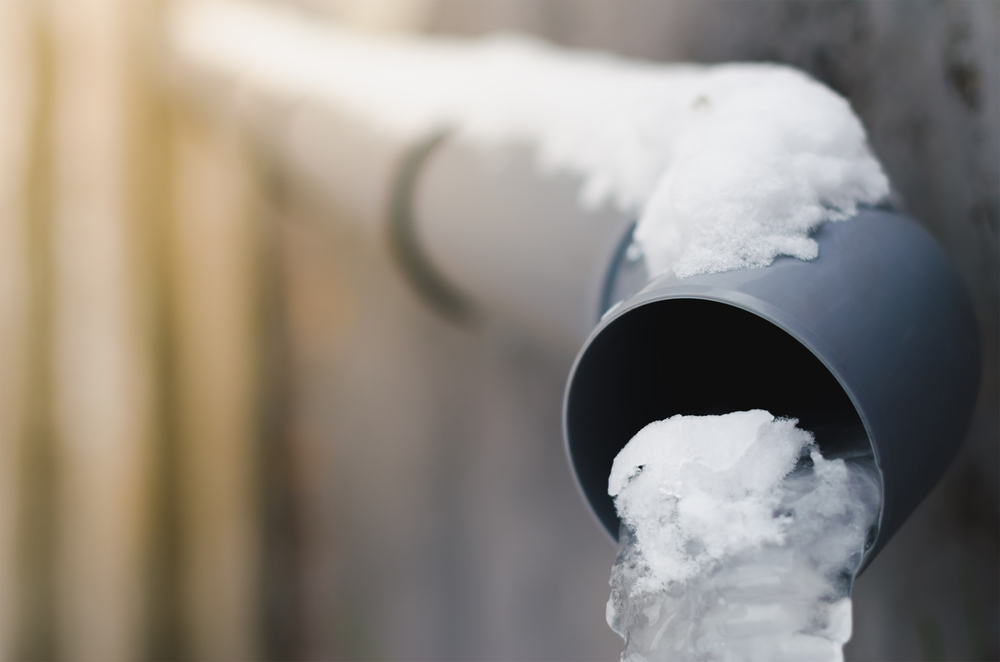Essential Advice for Avoiding Frozen Plumbing in Winter Conditions
Essential Advice for Avoiding Frozen Plumbing in Winter Conditions
Blog Article
Presented here below you will find a lot of first-rate insight when it comes to Helpful Tips to Prevent Frozen Pipes this Winter.

Cold weather can damage your pipes, particularly by freezing pipes. Here's exactly how to stop it from taking place and what to do if it does.
Introduction
As temperature levels decline, the risk of frozen pipelines rises, possibly causing expensive repair services and water damage. Understanding just how to prevent frozen pipelines is essential for house owners in chilly climates.
Recognizing Frozen Pipelines
What creates pipelines to ice up?
Pipes ice up when revealed to temperature levels listed below 32 ° F (0 ° C) for expanded periods. As water inside the pipelines freezes, it increases, putting pressure on the pipeline wall surfaces and potentially triggering them to rupture.
Dangers and problems
Icy pipelines can lead to supply of water interruptions, home damages, and pricey repair work. Ruptured pipes can flooding homes and cause comprehensive architectural damage.
Indicators of Frozen Water Lines
Recognizing frozen pipelines early can prevent them from breaking.
Exactly how to recognize icy pipes
Seek reduced water flow from faucets, unusual smells or sounds from pipelines, and visible frost on revealed pipes.
Avoidance Tips
Insulating at risk pipes
Cover pipes in insulation sleeves or make use of heat tape to secure them from freezing temperature levels. Focus on pipes in unheated or exterior locations of the home.
Heating techniques
Keep indoor spaces adequately heated up, specifically areas with pipes. Open cupboard doors to permit cozy air to distribute around pipelines under sinks.
Protecting Exterior Pipes
Yard tubes and exterior taps
Disconnect and drain pipes garden hose pipes before winter season. Install frost-proof faucets or cover outside taps with insulated caps.
What to Do If Your Pipelines Freeze
Immediate actions to take
If you believe frozen pipelines, maintain faucets open up to eliminate stress as the ice thaws. Use a hairdryer or towels soaked in warm water to thaw pipes slowly.
Long-Term Solutions
Structural changes
Think about rerouting pipes far from outside walls or unheated areas. Add additional insulation to attics, basements, and crawl spaces.
Updating insulation
Purchase high-grade insulation for pipelines, attics, and wall surfaces. Correct insulation aids preserve consistent temperature levels and lowers the risk of frozen pipelines.
Verdict
Protecting against frozen pipelines needs proactive actions and fast actions. By recognizing the reasons, indications, and safety nets, property owners can protect their pipes during cold weather.
6 Proven Ways to Prevent Frozen Pipes and Protect Your Home
Disconnect and Drain Garden Hoses
Before winter arrives, start by disconnecting your garden hoses and draining any remaining water. Close the shut-off valves that supply outdoor hose bibs and leave the outdoor faucet open to allow any residual water to drain. For extra protection, consider using faucet covers throughout the colder months. It’s also important to drain water from any sprinkler supply lines following the manufacturer’s directions.
Insulate Exposed Pipes
Insulating your pipes is an effective way to prevent freezing. Pipe insulation is readily available at home improvement stores and is relatively inexpensive. Pay close attention to pipes in unheated areas such as the attic, basement, crawl spaces, or garage. Apply foam insulation generously to create a buffer against the cold. You can also wrap your pipes in heat tape or thermostat-controlled heat cables for added warmth.
Seal Air Leaks
Inspect your home for any cracks or openings that could let in cold air. Seal any holes around the piping in interior or exterior walls, as well as the sill plates where your home rests on its foundation. Additionally, make sure to keep your garage door closed unless you’re entering or exiting. Leaving it open creates a significant air leak that can lead to frozen pipes.
Allow Warm Air Circulation
During cold snaps, it’s essential to allow warm air to circulate evenly throughout your home. Leave interior doors ajar to promote better airflow. Open kitchen and bathroom cabinets to help distribute heat consistently around the rooms. If you have small children or pets, be sure to remove any household chemicals or potentially harmful cleaners from open cabinets for safety.
Let Faucets Drip
A small trickle of water can make a big difference in preventing ice formation inside your pipes. When temperatures drop significantly, start a drip of water from all faucets served by exposed pipes. This continuous flow helps prevent the water from freezing. Additionally, running a few faucets slightly can relieve pressure inside the pipes, reducing the chances of a rupture if the water inside does freeze.
https://choateshvac.com/6-proven-ways-to-prevent-frozen-pipes-and-protect-your-home/

I'm certainly very fascinated by How to prepare your home plumbing for winter weather and I hope you enjoyed reading the entire page. Appreciated our review? Please quickly share it. Let another person check it out. I praise you for your time. Don't forget to come visit our site back soon.
Additional Resources Report this page